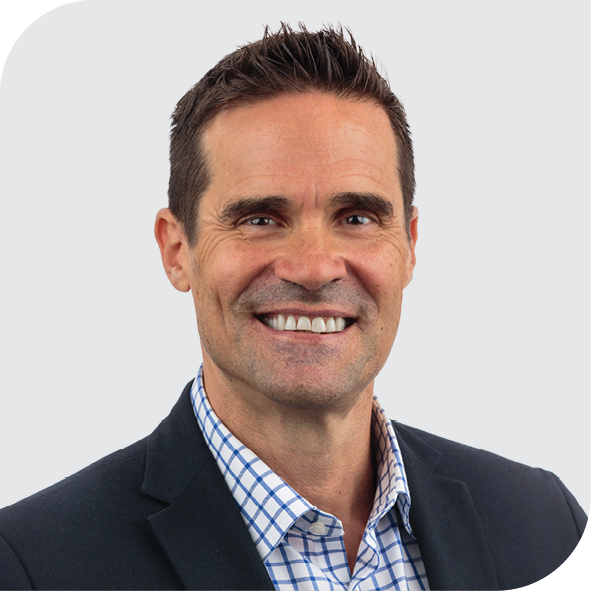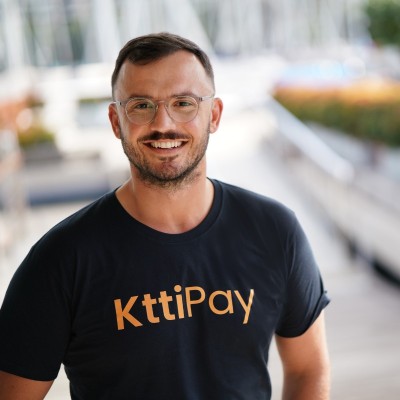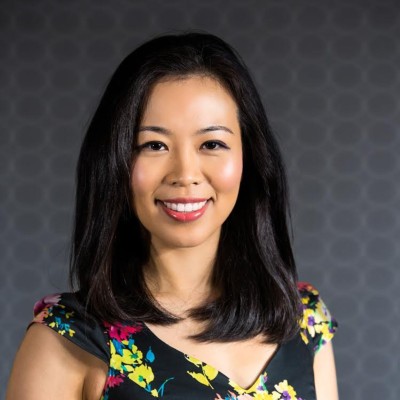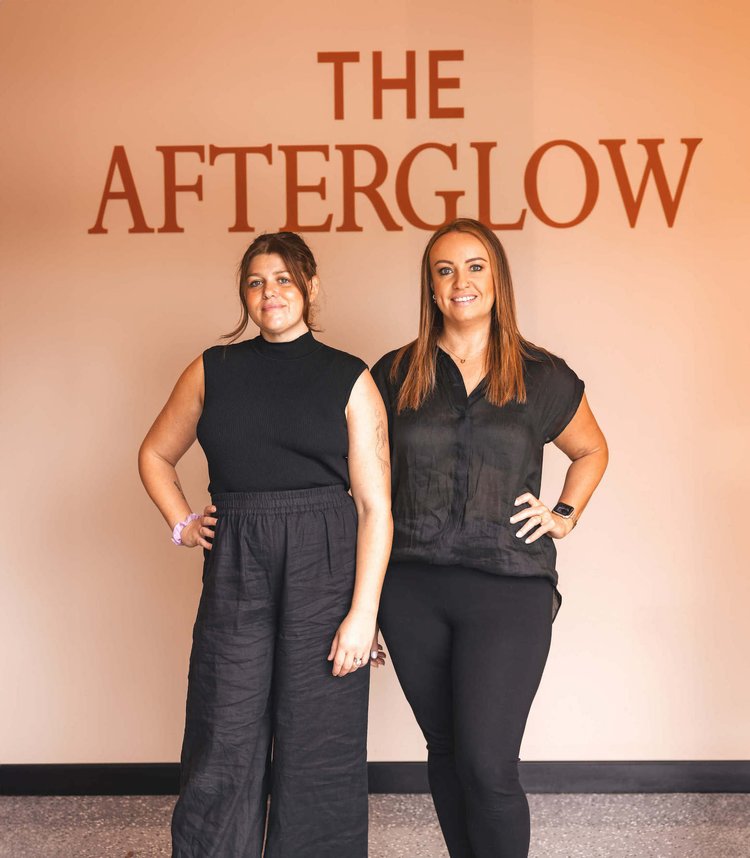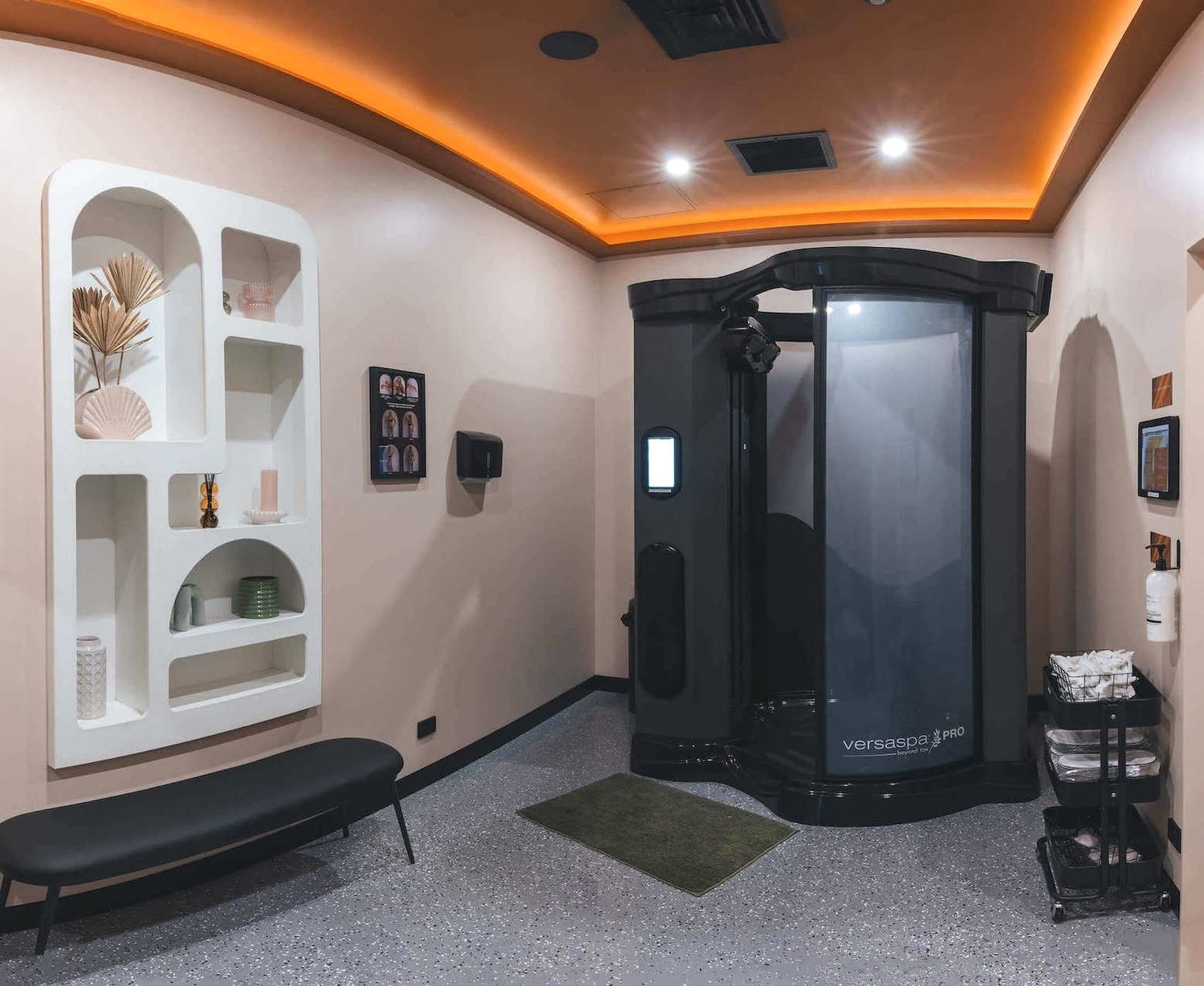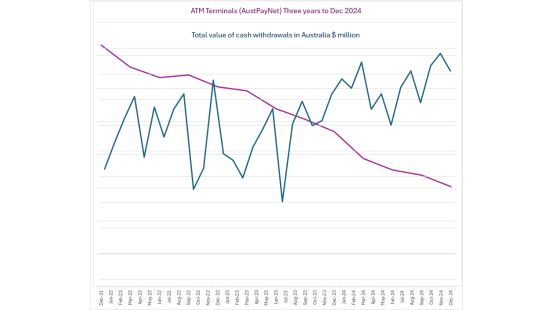Experienced banker adapts loans to meet real business needs
By Leon Gettler, Talking Business >>
THERE ARE finance brokers everywhere. But a few stand out.
One is Charles Zerafa, a senior finance broker with Integrity Finance Australia. He has decades of experience in corporate and business banking.
How long? Well, 35 years in business banking – including almost a decade at the Commonwealth Bank of Australia.
Mr Zerafa’s clients include commercial construction builders, manufacturing companies, retailers, investors and syndicates of families or people buying property together. He specialises in doing commercial lending with properties of up to $50 million. 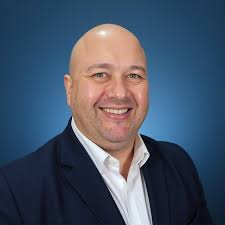
He said banks don’t have time or skills – and they are too conservative – to delve into people’s finances to help them and lend them at a higher rate. As a result, business owners will come to him,
“Business owners that have been around for a long time know whether it’s a good deal or not and they and will seek me out say ‘Can you do me a better deal than what the banks are offering me?’” Mr Zerafa told Talking Business.
“And I’m saving clients just by restructuring finances, I’m saving them tens of thousands of dollars a month.”
Banks find client prospecting difficulties
The banks, Mr Zerafa said, have difficulty building relationships with prospective clients.
“Maybe it’s clients I’m seeing, but a lot of them have complex corporate structures,” he said. “Every director’s got personal debts, they’ve got an investment trust where they’ve got some investment loans, their operating business has got funding requirements and they’re often doing a little side project like a subdivision or investments in other small areas as well.
“So when they’re trying to assess their borrowing capacity, they’re taking such a conservative approach with everything – by the time you desensitise their income – there’s not a lot left and the bankers don’t have the experience to get their heads around what’s happening … and they always take that conservative approach.
“They (some clients) can’t meet it on paper according to the bank’s facilities, but that’s because they don’t know how to structure the loans properly.
“Sometimes you’ve got to start from scratch and restructure all the client’s loans in order to increase their borrowing capacity as well. So there are things I would do differently to how a bank would approach things.”
Banking experience drives innovation
Mr Zerafa said his big challenge is getting people to understand how his experience in banking makes him different from other brokers.
“I’m using my banking and corporate finance training in the banking industry to help clients,” he said.
“The best way I explain it is the banks want to out you in a better position so they have less risk on their side. And now where I’m working for myself, I’m helping business owners increase their profitability so they can continue to grow and achieve their financial goals.
“So it’s loan structuring, loan negotiation, understanding the client’s position and finding a solution that maximises their position.”
Mr Zerafa said his experience over 35 years in banking has seen him work with every sized business and lifecycle, from startups to succession planning and buyouts.
“It’s a skill set that you don’t acquire over five years in banking,” he said. “You don’t acquire that sort of skill set in such a short time.
“It takes a while to go through so many loan applications,” Mr Zerafa said. 
www.integrityfinanceaustralia.com.au
Hear the complete interview and catch up with other topical business news on Leon Gettler’s Talking Business podcast, released every Friday at www.acast.com/talkingbusiness
https://shows.acast.com/talkingbusiness/episodes/talking-business-25-interview-with-charles-zerafa-from-integ
ends

 How to resolve AdBlock issue?
How to resolve AdBlock issue? 
